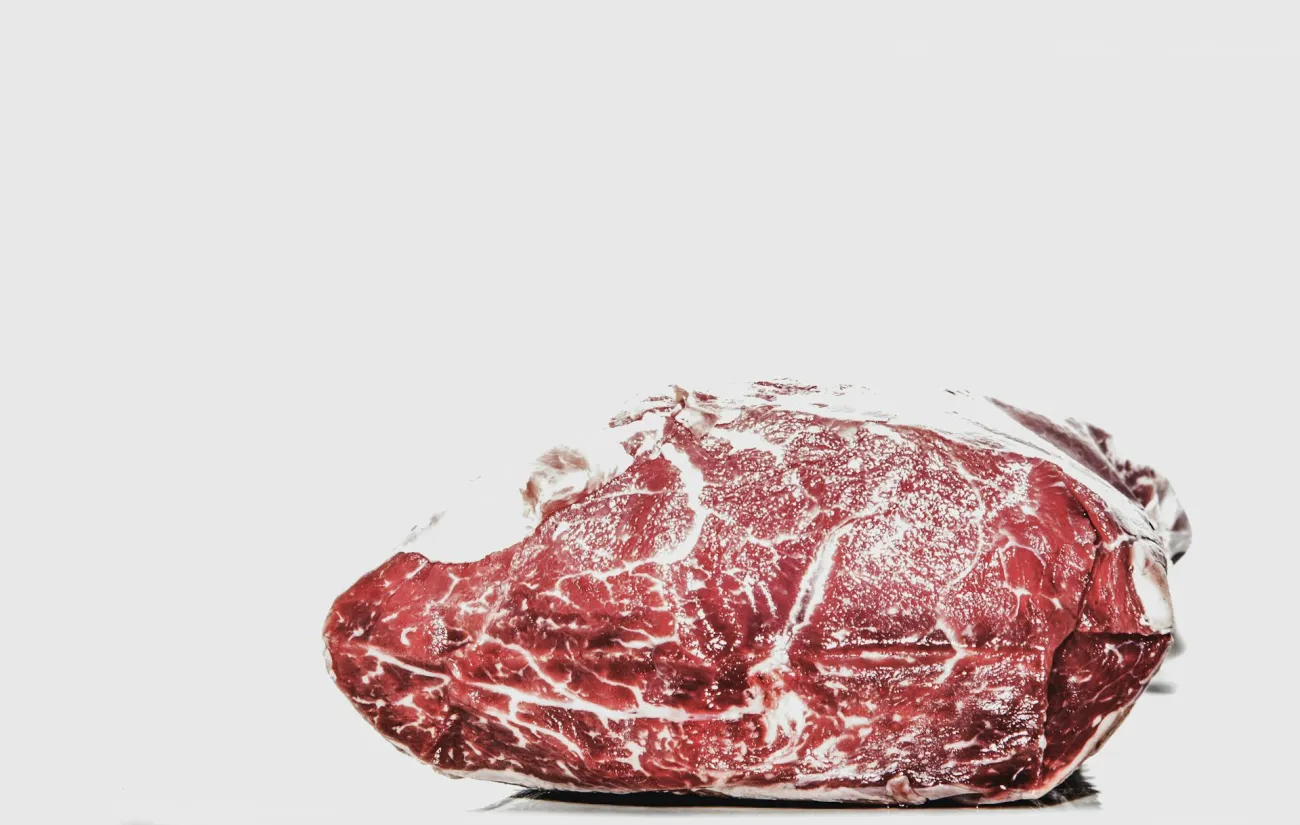Optimal taxation levels would cause the price of processed meat to increase by 25% and the price of red meat to increase by 4%, on average, according to this paper. The calculations are based on the additional healthcare costs incurred by one additional serving, as opposed to the total healthcare costs associated with all meat consumption. The paper concludes that such a tax on red and processed meats could reduce the deaths associated with consumption of these products by 9% and reduce associated healthcare costs by 14%.

The figure below shows the process used to calculate optimal taxation levels.

Image: Schematic of algorithm used to calculate optimal tax levels for red and processed meat based on the marginal health costs associated with red and processed meat consumption. Figure 1, Springmann et al.
The study considered different countries separately. Since consumption of red and processed meat exceeds recommended levels in most high- and middle-income countries, the health impacts - and therefore calculated tax levels - of one additional serving of red and processed meats is higher in high-income countries than in low-income countries. For example, processed meat prices would rise by 185% in Sweden, 163% in the United States, 79% in the United Kingdom, 6% in India, 0.5% in Kenya and 0.2% in Ethiopia.
Abstract
Background
The consumption of red and processed meat has been associated with increased mortality from chronic diseases, and as a result, it has been classified by the World Health Organization as carcinogenic (processed meat) and probably carcinogenic (red meat) to humans. One policy response is to regulate red and processed meat consumption similar to other carcinogens and foods of public health concerns. Here we describe a market-based approach of taxing red and processed meat according to its health impacts.
Methods
We calculated economically optimal tax levels for 149 world regions that would account for (internalize) the health costs associated with ill-health from red and processed meat consumption, and we used a coupled modelling framework to estimate the impacts of optimal taxation on consumption, health costs, and non-communicable disease mortality. Health impacts were estimated using a global comparative risk assessment framework, and economic responses were estimated using international data on health costs, prices, and price elasticities.
Findings
The health-related costs to society attributable to red and processed meat consumption in 2020 amounted to USD 285 billion (sensitivity intervals based on epidemiological uncertainty (SI), 93–431), three quarters of which were due to processed meat consumption. Under optimal taxation, prices for processed meat increased by 25% on average, ranging from 1% in low-income countries to over 100% in high-income countries, and prices for red meat increased by 4%, ranging from 0.2% to over 20%. Consumption of processed meat decreased by 16% on average, ranging from 1% to 25%, whilst red meat consumption remained stable as substitution for processed meat compensated price-related reductions. The number of deaths attributable to red and processed meat consumption decreased by 9% (222,000; SI, 38,000–357,000), and attributable health costs decreased by 14% (USD 41 billion; SI, 10–57) globally, in each case with greatest reductions in high and middle-income countries.
Interpretation
Including the social health cost of red and processed meat consumption in the price of red and processed meat could lead to significant health and environmental benefits, in particular in high and middle-income countries. The optimal tax levels estimated in this study are context-specific and can complement the simple rules of thumb currently used for setting health-motivated tax levels.
Reference
Springmann M, Mason-D’Croz D, Robinson S, Wiebe K, Godfray HCJ, Rayner M, et al. (2018). Health-motivated taxes on red and processed meat: A modelling study on optimal tax levels and associated health impacts. PLoS ONE 13(11): e0204139.
Read the full paper here and read the Oxford Martin School's announcement here. See also the Foodsource resource What interventions could potentially shift our eating patterns in sustainable directions? and the FCRN report Policies and actions to shift eating patterns: What works?




Comments (0)